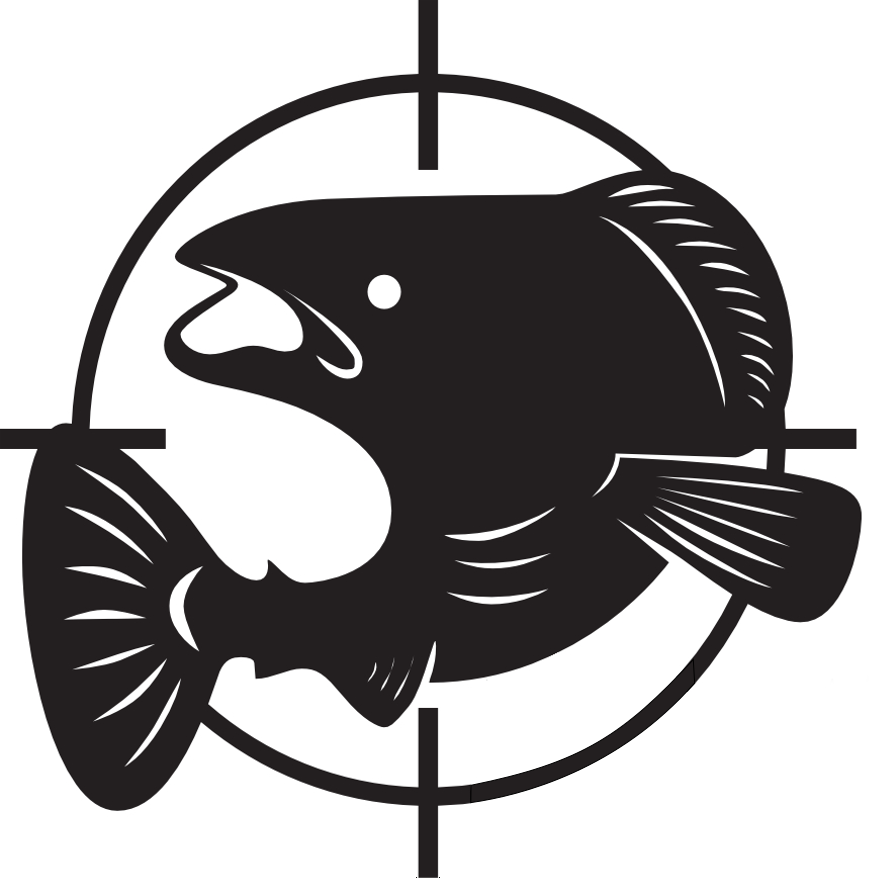I'm assuming you are using a baitcaster for bass or something like it? There is little point to use one for panfish, and if you are tubing, odds are good your wanting to catch bass with it.
The rod provides the kinetic energy for the lure to be cast, as Im sure you know. It must load up, then release with sufficient force to get everything moving out and away. Line is another factor, as it must be supple, have some spring to it and not be too heavy. Finally the reel itself has a part to play on distance.
But all things being equal, are you balanced rod-to-reel?
Today's tendency is towards, "fast action," aka, stiff, rods. This is especially so among the Bass Busting crowd. But these rods are not conducive to long casting. You have to go to ever heavier lure weights to get distance and then you face the issues caused by insufficient or mismatched tension - backlashes.
My usual tendency is to look for longer rods with a "bend in the belly." These wont be the chic and popular "flippin' sticks," so don't even look there. Those things are stiffer and heavier than they ought to be for casting, more like pool cues than casting rigs.
There are so many choices out there, it is almost impossible to now what might be on the shelves where you shop. That said, I suggest you look for a rod in the 6-7 foot length that has some whip to it. I generally go with 6' 6" bait casting rods, across the board.
This "whip" is best determined while in the tackle aisles by gripping the rod in the normal manner and shaking the tip up and down.
As you do this, you want to see the bending (pivot) point somewhere near the middle of the rods length. There is a fine line between stiff and limber, so you have to kind of feel this out. But, if it just acts like a broom stick when you shake it, put it back and keep looking.
Once you get a rod that will load and release for distance, you can look to the line. Thankfully, this is a good bit simpler than rod selection. For bait casting, get any quality braided line in the 8-12lb test range and go to it. I'd go right to 12 lb. braid. This weight should suffice for most any chores the baitcaster is used and should pass through the the guides without impediment. If you know the waters you fish hold heavy weight fish, or a lot of heavy weed and snag cover, move up to the 15-20lb. range.
You may also wish to try adding a mono leader the end of the line. 3-4' should suffice. This will stretch on the cast and thus add some kinetic energy to the lure. Don't go too much lighter than the main line test, though, for distance. I'd say no more than 20%. You just want the "shock leader" to stretch a bit on casting, not unbalance the line strength.
Lastly, the reel itself needs to be clean, and properly lubed. Open it up and wash it out with a good solvent. Old grease and lube can add friction that will impede the spool. Even factory grease, when new, is not ideal. It tends to be too heavy and you don't know how long a reel may have been sitting on the self. The longer it sits, the stiffer the grease.
On a side note, temperature can impact the lubricants in the reel, stiffening them and binding the reel spool. During the warm months, this should not be an issue, so it probably has little effect on your current situation. It's just something to know about.
Once the reels interior is cleaned and dried out, put just a tiny drop of a LIGHT synthetic lube oil on the spool bearings and only enough grease on the gears to lubricate. Don't hose down the interior with 3-In-1 oil just 'cause it seems like a good idea.
TIP: Some reels have centrifugal magnets on the spool that work with the spool bearing tension to quickly slow the spool at the end of the cast and prevent backlashes. Unfortunately they may also add drag that can impede distance. You can remove two of them - or all if you want - to REALLY supertune your reel.
But beware, this is some advanced stuff. Taking these magnets out will increase your likelihood of backlashes, putting more of the burden on you to monitor and slow the spool at the end of the cast.

 Home
Home

























